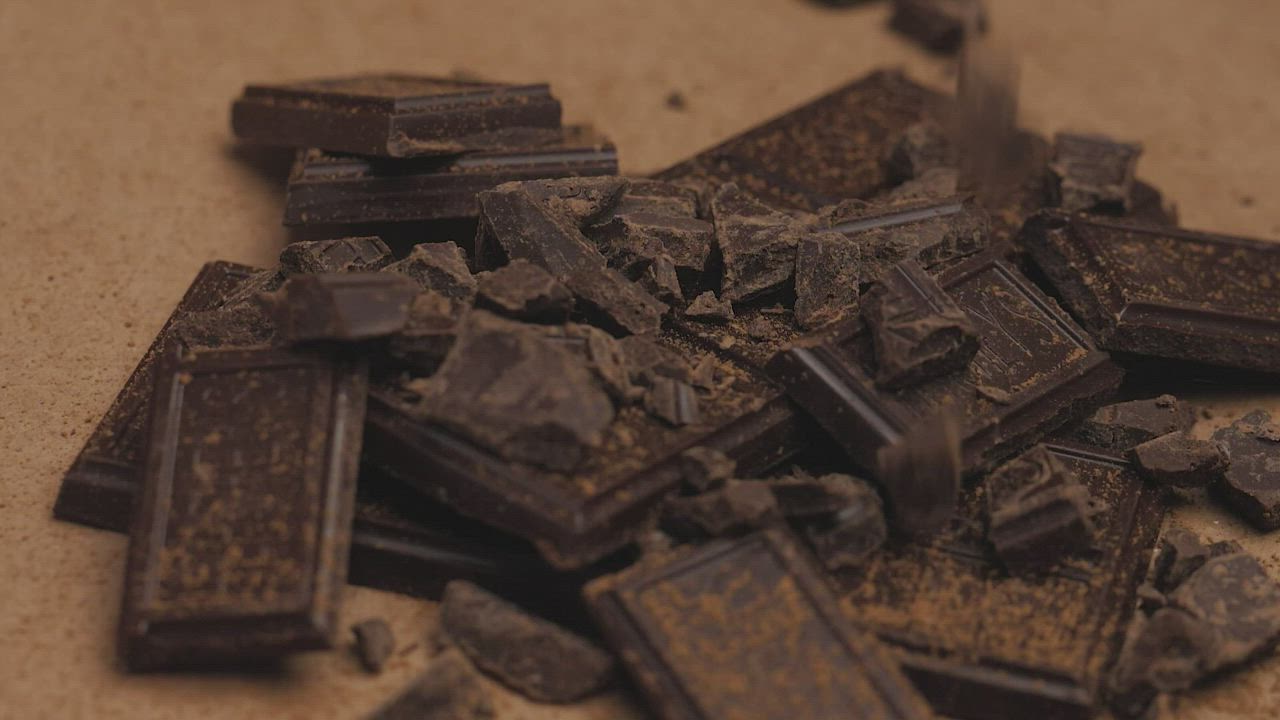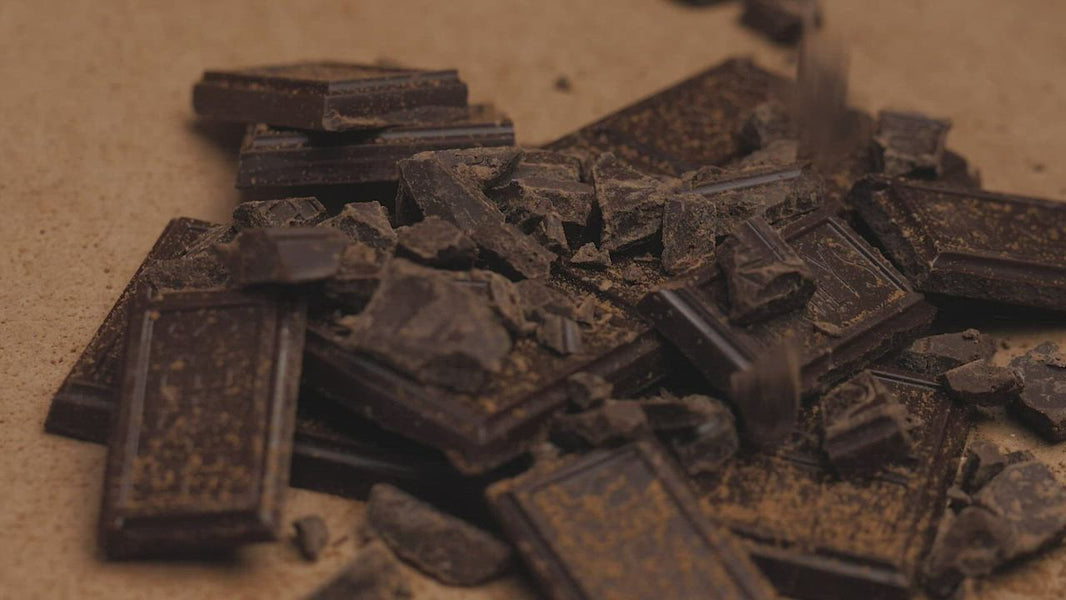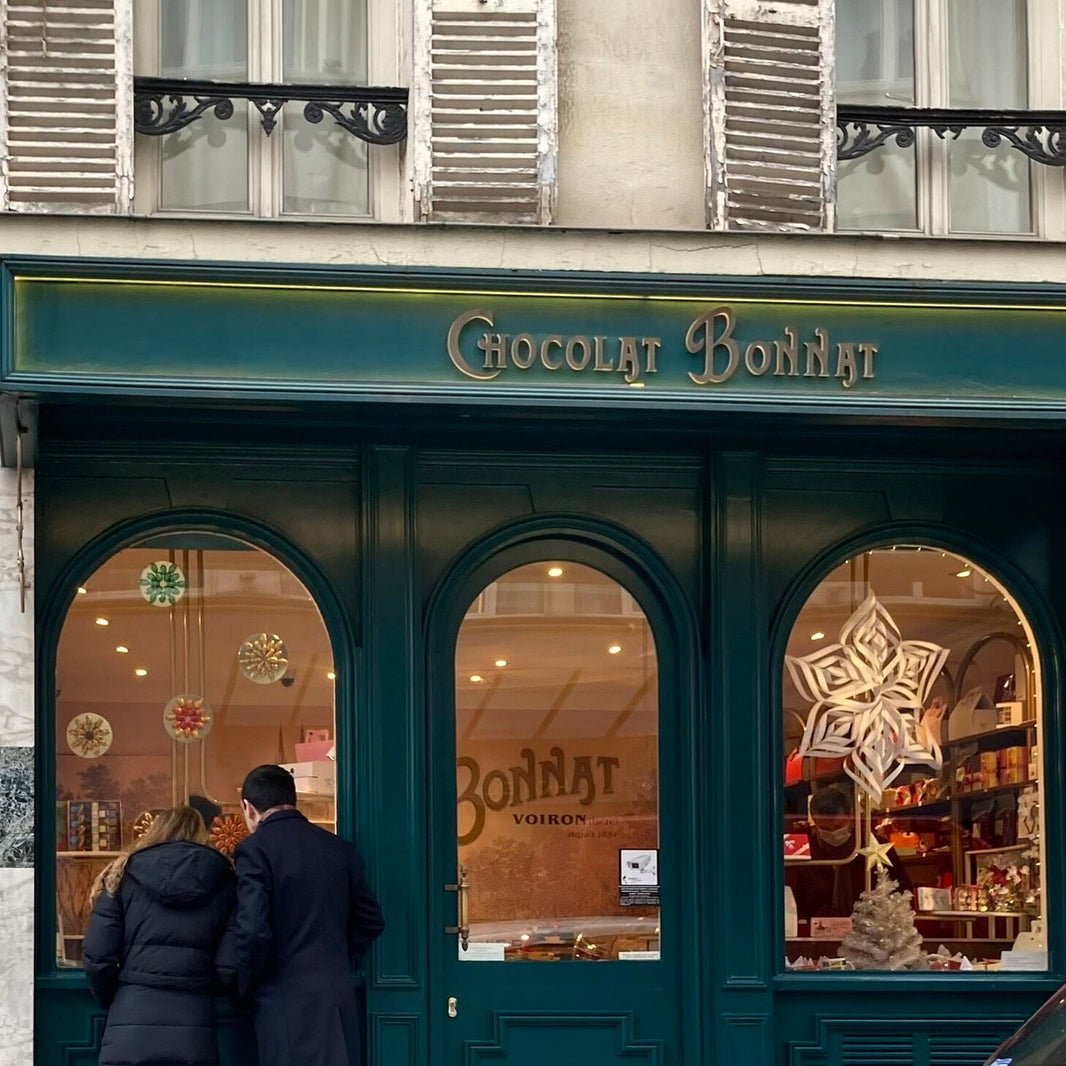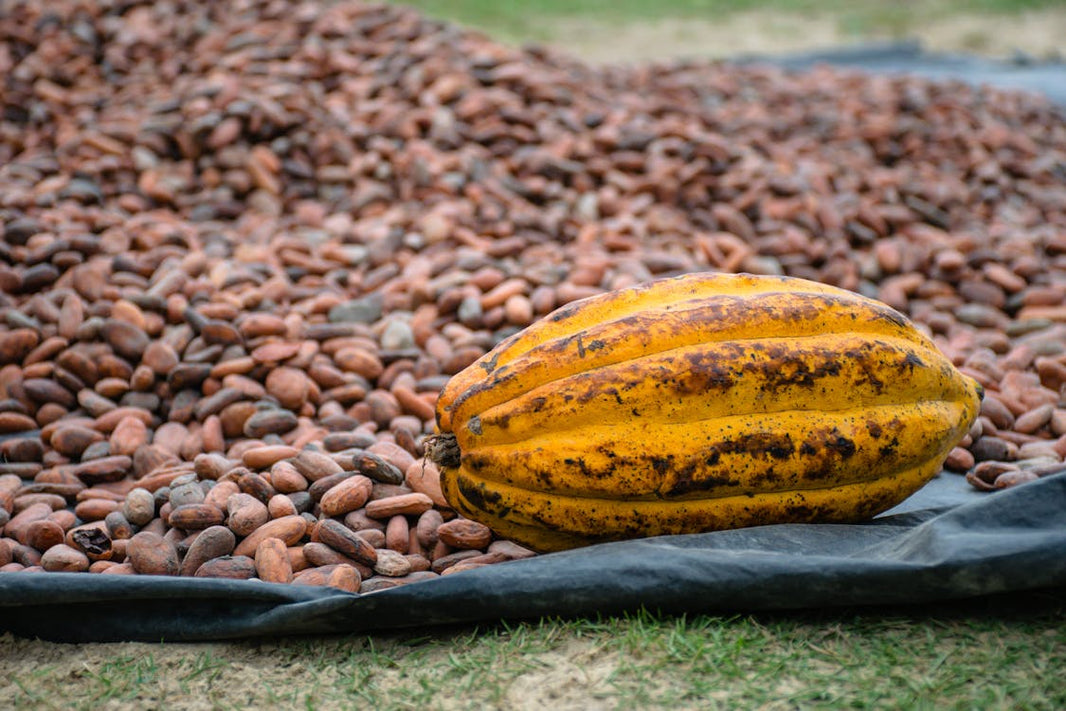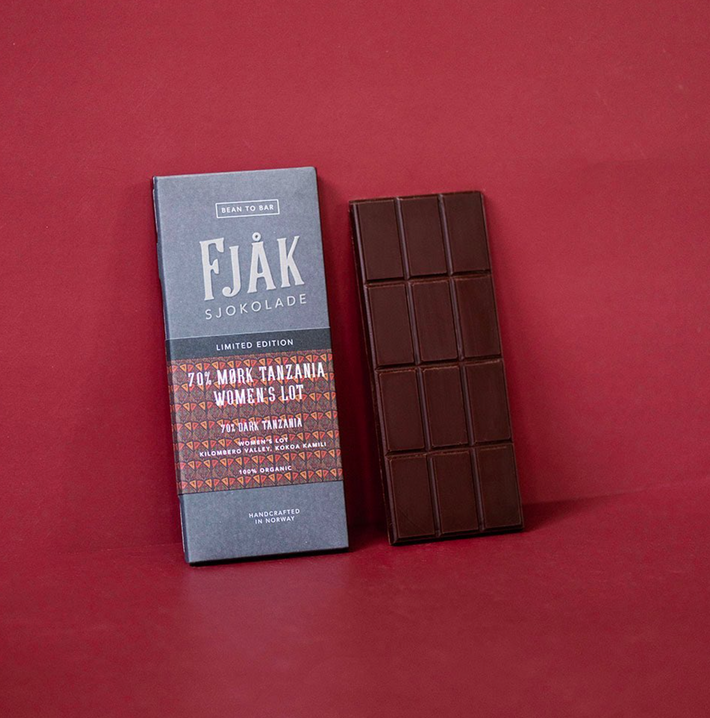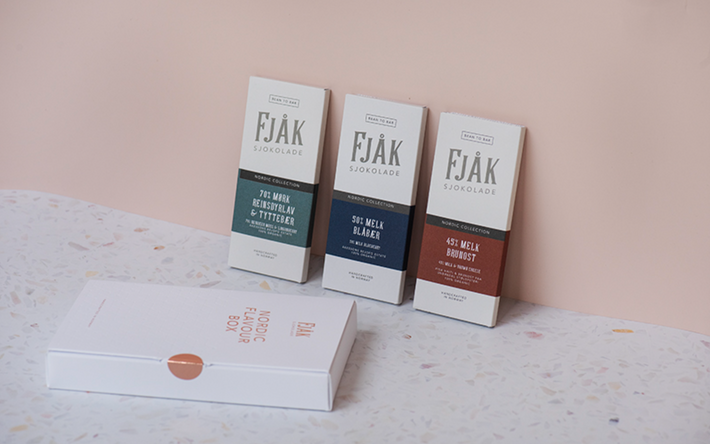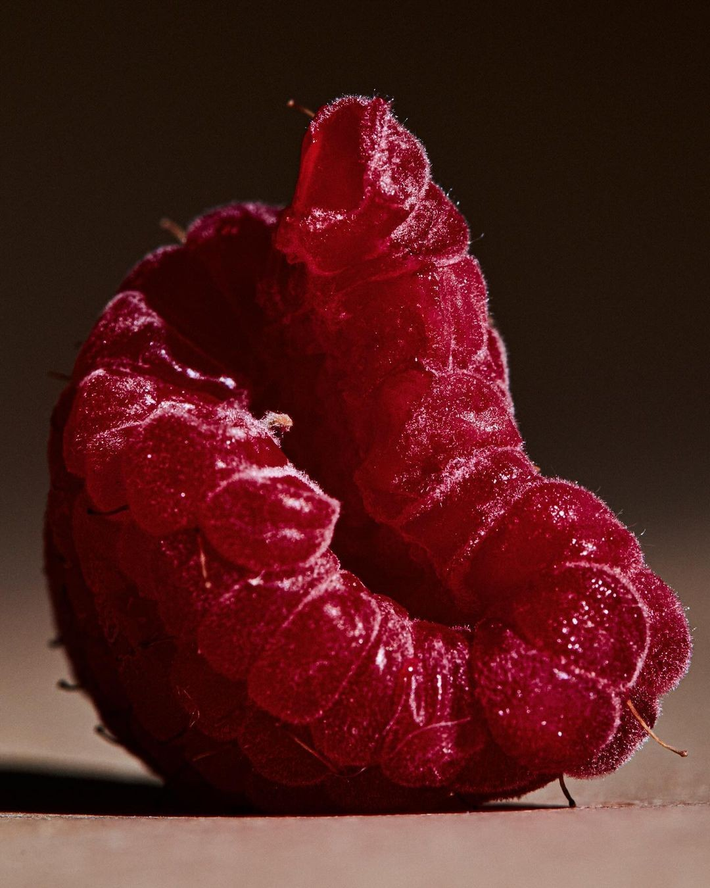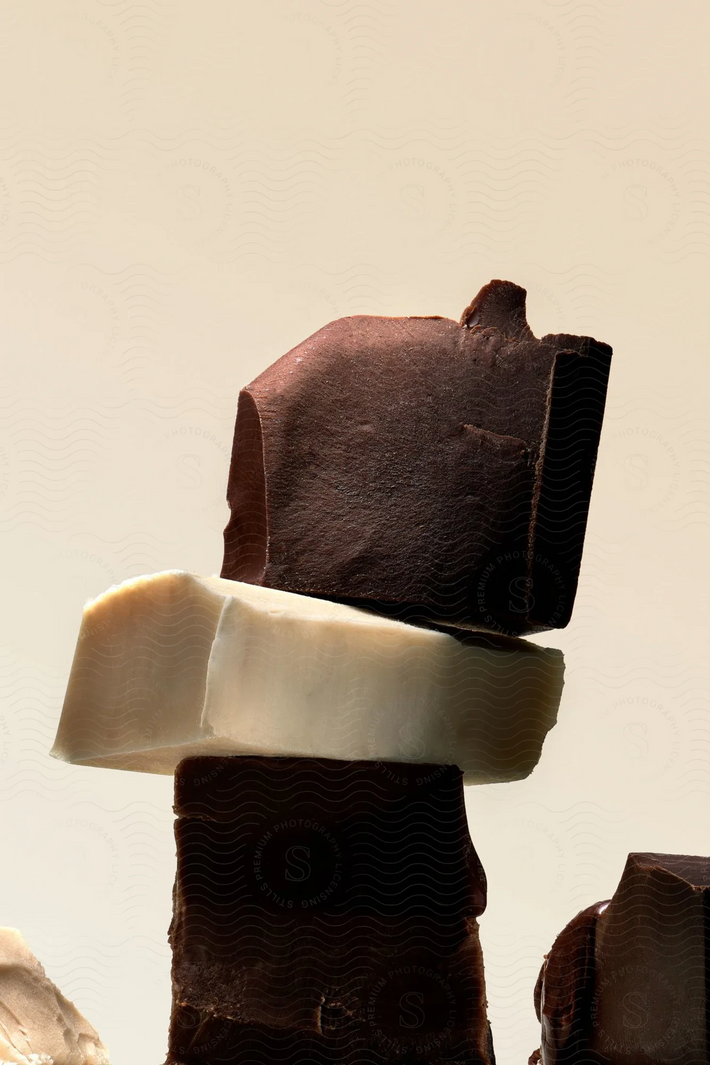Taste, Don’t Just Eat: A Beginner’s Guide to Craft Chocolate
We all know how to eat chocolate. But tasting it? That’s where the magic begins.
Like wine or coffee, craft chocolate is layered, expressive, and deserves more than a quick bite. With a little focus, you can uncover a world of flavor hiding in each bar — especially those made with single origin cacao and just a few clean ingredients.
Here’s a simple step-by-step guide to tasting chocolate like a pro (or at least like someone who really enjoys it).
Look
Start with your eyes. A good bar has a smooth, even surface and a gentle sheen — signs of careful tempering. Note the color: darker shades can suggest deeper roast notes, while reddish or lighter hues may hint at fruitiness.
Snap
Break the bar. A crisp, clean snap means it’s well-tempered and properly set. That satisfying crack is more than just texture — it’s quality you can hear.
Smell
Before tasting, take a moment to inhale. Chocolate can carry incredible aromas: citrus, dried fruit, spice, even floral or earthy notes. Your nose sets the stage for what’s to come.
Melt
Place a piece on your tongue and let it melt slowly. Don’t chew just yet — the cocoa butter carries flavor as it melts. Let the chocolate coat your mouth and release its notes in waves.
Savor
This is where it all comes together. What do you taste first? Bright fruit? Toasted nuts? Coffee? The best craft chocolate evolves as it melts, revealing complexity from start to finish. Some origins are citrusy and sharp, others are rich and mellow. Notice the texture, the finish, and how long the flavor lingers.
Tasting Tips
-
Room temp is best — cold bars mute flavor and aroma.
-
Work from dark to milk, and taste inclusions last.
-
Cleanse your palate with water or plain bread between bars.
-
Compare bars by origin to spot how terroir changes the flavor.
-
Taste with others — it’s more fun, and everyone picks up something different.
Tasting chocolate isn’t about being fancy — it’s about paying attention. Whether you’re opening a single bar or diving into a full maker bundle, slowing down helps you connect with the cacao, the maker, and the place it comes from.
You don’t need special tools or training. Just curiosity — and maybe a second piece.
